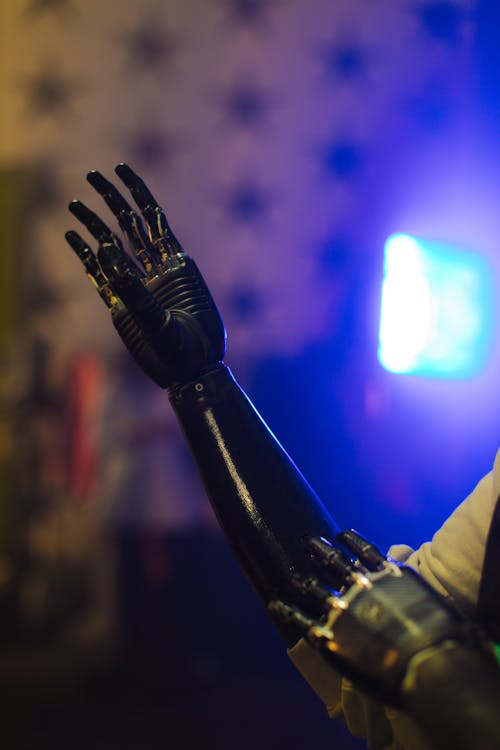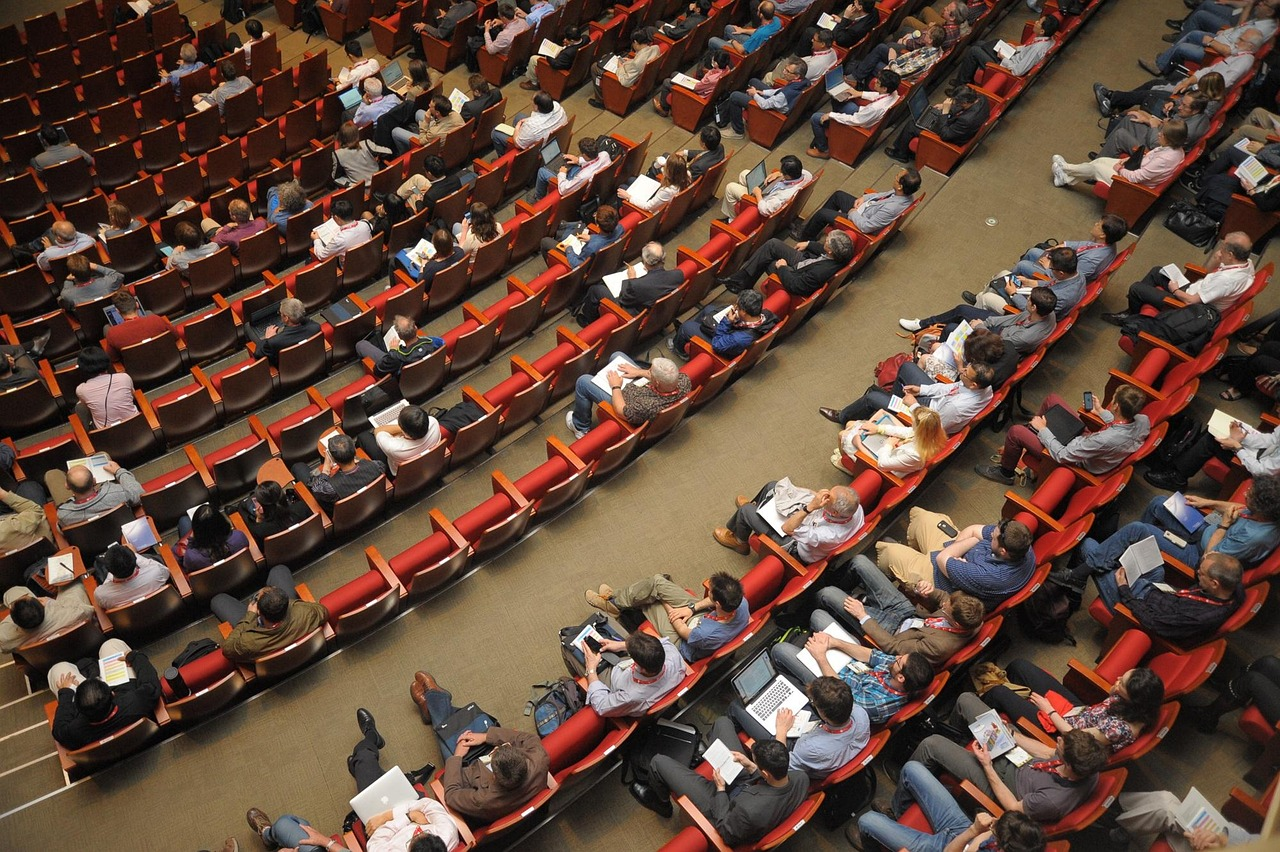August 2025 Spotlight: Trends & Breakthroughs
10. August 2025 Spotlight: Trends & Breakthroughs
We’re rounding out the summer with some of the most exciting AI advances in video and design. July saw major new releases, and August builds on that momentum. This month’s spotlight covers fresh tools, emerging creative trends, and key industry stats shaping the future.
Table of Contents
10.1 Major News and Tool Highlights – July & August 2025
July and August 2025 marked a pivotal phase in the evolution of AI-powered video and design. From landmark policy initiatives to advanced consumer tools, the months witnessed significant developments shaping how individuals, creatives, governments, and businesses interact with generative technology. These updates are not just technical—they’re transforming creativity, governance, and productivity at a global scale.
1) China Proposes International AI Governance Body
At the World Artificial Intelligence Conference in Shanghai, Premier Li Qiang unveiled plans for a new global AI cooperation organization headquartered in China. The initiative seeks to counterbalance U.S.-led efforts and promote inclusive, multilateral governance, particularly for nations in the Global South.
2) Google Photos – AI “Photo-to-Video” & “Remix” Tools
Google Photos introduced powerful AI features that bring static images to life. The Photo-to-Video tool turns stills into short, animated clips with dynamic movement or visual effects, while the Remix feature allows users to creatively re-style photos into formats such as anime, sketch, comic, or 3D art. These tools are intuitive and aimed at empowering everyday users to tell more vivid stories.
3) YouTube Shorts – Generative AI Playground
YouTube Shorts enhanced its creative suite by launching AI-driven effects and a new “AI Playground.” This feature lets creators convert images into short videos and apply generative visual transformations with ease. It dramatically lowers the technical barrier to making high-quality, short-form content.
4) IAB Report – Generative AI in Advertising
A major industry report highlighted a dramatic shift in digital advertising. According to the IAB, a significant majority of advertisers are now using or planning to use generative AI to produce video ads. The technology is streamlining workflows, enabling rapid personalization, and is projected to power a large portion of video ads by 2026.
5) UK–OpenAI Partnership Expands
OpenAI signed a new memorandum of understanding with the UK government, exploring the use of its AI models across public service sectors such as justice, education, and national security. While promising improved service delivery, the partnership also drew scrutiny around transparency, accountability, and responsible data use.
6) Google Photos – Unified “Create” Tab
Building on earlier updates, Google introduced a centralized Create tab in the Photos app, combining all AI-powered tools like Photo-to-Video and Remix into a single, streamlined interface. This simplification improves access and enhances the user journey from ideation to execution.
7) Windows 11 Copilot+ – AI for Creative Productivity
Microsoft delivered a wave of AI enhancements to Windows 11, including:
Relight in Photos: Virtually adjust lighting after the photo is taken.
Object Select in Paint: Easily isolate and edit image elements.
Perfect Screenshot: Smart cropping and visual focus tools.
Copilot Vision: An intelligent assistant that guides users using natural language.
These tools collectively enhance both creativity and day-to-day efficiency across the OS.
Shaping the Future
This combined wave of policy initiatives and tool innovations marks a turning point for AI’s influence across creative and civic domains. From governments shaping ethical standards to consumers experimenting with image and video generation in everyday apps, the future of generative AI is no longer a distant vision—it’s happening now. The challenge ahead lies in scaling this progress responsibly, ensuring that innovation remains inclusive, secure, and beneficial to all.
10.2 Trends to Watch: Where AI Video Design Is Heading Next
As AI tools continue to mature, they’re not just accelerating creative workflows—they’re redefining what creativity looks and feels like. This season, a new wave of visual design trends is taking hold across motion graphics, app interfaces, and digital storytelling. These aren’t just superficial aesthetic shifts; they represent a deeper change in how creators think about movement, emotion, and interaction in an AI-augmented world.
Below are three standout trends shaping the next phase of AI-powered video and interactive design:
1) Cinematic Interfaces: Mood-Based, Motion-First Design
User interfaces are becoming increasingly expressive, thanks to AI-generated motion design. Instead of static transitions or uniform effects, designers are now embedding cinematic qualities—like depth of field, ambient shifts, and generative scene transitions—into everyday digital environments.
Imagine opening a meditation app that fades in with a misty forest scene, automatically matched to your mood and time of day. Or navigating a music player where the interface rhythmically pulses to the beat of your current track. These mood-reactive UI experiences, powered by generative algorithms, are transforming screens into more immersive, sensory environments.
Why it matters:
Cinematic interfaces blur the line between design and storytelling, turning utility into emotion and interaction into experience. This is especially impactful for wellness, entertainment, and brand apps where vibe and engagement are critical.
2) Wabi-Sabi Algorithms: Embracing Imperfection and Organic Motion
In contrast to hyper-polished motion graphics, there’s a rising demand for visuals that feel more organic, spontaneous, and human. Dubbed the Wabi-Sabi aesthetic—a nod to the Japanese philosophy of beauty in imperfection—AI-generated motion is now incorporating hand-drawn jitters, uneven pacing, random flickers, and camera shake to achieve an imperfectly perfect feel.
From animated explainer videos to social media content, creators are intentionally leaning into the flaws: asymmetry, noise, and surprise. These elements add character, warmth, and emotional texture—something AI once struggled to replicate but is now beginning to emulate with nuance.
Why it matters:
In a world saturated with slick, templated content, authenticity stands out. Wabi-Sabi algorithms help AI creations feel less artificial and more emotionally grounded—bridging the gap between automation and artistry.
3) Prompt-Led Video Editing: Text-Driven Control Over the Timeline
Editing used to require scrubbing timelines, cutting clips frame by frame, and tweaking keyframes manually. Today, creators are turning to prompt-based video editing, where simple text commands like “trim the silent parts,” “insert dramatic cut after 5 seconds,” or “add slow zoom effect on this frame” can execute complex edits instantly.
Tools like RunwayML, Pika Labs, and emerging Adobe prototypes are rolling out features such as:
Auto-cut detection based on action or dialogue
Text-to-edit commands for transitions, effects, and timing
Script-driven video assembly for documentaries or interviews
Why it matters:
Prompt-led editing democratizes motion design by removing the need for technical mastery. Anyone with a creative vision and a clear prompt can now edit with the precision of a seasoned editor—freeing up time for storycraft and strategy.
Conclusion: Designing at the Intersection of Emotion and Automation
What unites these trends is a growing desire to bring feeling and fluidity into AI-generated visuals. Designers are no longer just seeking efficiency—they’re aiming for resonance. Whether it’s crafting emotionally intelligent interfaces, embracing the charm of imperfection, or empowering creators with intuitive controls, these movements signal a new era of empathetic design powered by AI.
As these trends evolve, they’ll not only shape the look of digital content—but also the emotional impact it carries. In a world where speed and automation are now expected, it’s soulful storytelling and authentic experience that will truly set creators apart.
10.3 Conferences in August 2025 (USA & Canada)
📅 AI & Tech Conferences
International Joint Conference on Artificial Intelligence (IJCAI)
Dates: August 16–22, 2025
Location: Montreal, Canada
IJCAI is one of the most prestigious global gatherings for AI research, bringing together leading scientists, industry experts, and innovators to present breakthroughs in machine learning, robotics, and intelligent systems.
Americas Conference on Information Systems (AMCIS)
Dates: August 14–16, 2025
Location: Montreal, Canada
AMCIS focuses on information systems and technology with strong AI and data-oriented tracks. It draws 800–1,200 professionals and academics each year.
AI4 Conference
Dates: August 11–13, 2025
Location: Las Vegas, NV, USA
AI4 delivers practical, industry-specific AI strategies across sectors like finance, healthcare, retail, manufacturing, and energy. It’s a key event where decision‑makers meet solution providers
ICAISE – International Conference on Artificial Intelligence and Software Engineering
Date: August 20, 2025
Location: California, USA
This focused event explores advances at the intersection of AI and software engineering—highlighting AI-driven development workflows and intelligent coding environments
ICAIMLSC – International Conference on Artificial Intelligence, Machine Learning & Soft Computing
Date: August 27, 2025
Location: Mississauga, Canada
This conference targets hybrid AI and ML topics, including new soft computing methods and real-world applications in different sectors
ICAIAES – International Conference on Artificial Intelligence Applications for Energy Systems
Date: August 27, 2025
Location: Texas, USA
A niche event spotlighting how AI is optimizing energy systems— from grid management to sustainable resource modeling.
API & Software Engineering Events
International Conference on Recent Challenges in Engineering and Technology (ICRCET)
Dates: Multiple sessions in early and mid-August 2025
Locations: San Francisco, Los Angeles, Toronto, Calgary and more
This widespread series spans AI, engineering, and software disciplines, including API design and intelligent systems across North American cities.
International Conference on Artificial Intelligence and Society (ICOAIS)
Date: August 6, 2025
Location: New York, USA
Focusing on AI’s social implications, this conference explores policy, ethics, inclusive design, and the impact of intelligent APIs.
August 2025 is a convergence point for research, industry, and ethical AI progress. From Montreal’s major academic summits to practical business-oriented shows in Las Vegas and Toronto, these events offer:
Access to cutting-edge research, demo days, and progressive use cases
Connections with developers, executives, policymakers, and startup founders
A platform for AI + API innovation, cross-industry networking, and collaborative advances
Final Thought
Whether you’re a researcher, engineer, product manager, or business leader, these August conferences offer a unique opportunity: to stay ahead of the AI curve, explore intelligent design partnerships, and gain deeper insight into how AI and APIs are shaping the global future.
🎯 Game: “Which Tool Does What?”
Match the AI tool to its correct use case!
Draw a line (or write the matching letter) between the tool and what it’s best known for.
🧰 Tools:
A. RunwayML
B. Fusion 360
C. nTopology
D. Synthesia
E. Uizard
F. TestFit
🔧 Use Cases:
_____ Turns a sketch into a digital UI mockup
_____ Generates human-like video avatars for training content
_____ Builds lightweight, optimized 3D structures for aerospace
_____ Generates cinematic AI video from text prompts
_____ Helps developers test site feasibility in seconds
_____ Suggests optimized mechanical designs based on material cost and strength
✅ Answer Key (fold over or place at bottom of page):
E (Uizard)
D (Synthesia)
C (nTopology)
A (RunwayML)
F (TestFit)
B (Fusion 360)
🏆 How’d You Do?
5–6 right? You’re an AI tool wizard!
3–4 right? Not bad—you’re catching on fast.
0–2 right? Don’t worry, you’re just warming up.
Contributor:

Nishkam Batta
Editor-in-Chief – HonestAI Magazine
AI consultant – GrayCyan AI Solutions
Nish specializes in helping mid-size American and Canadian companies assess AI gaps and build AI strategies to help accelerate AI adoption. He also helps developing custom AI solutions and models at GrayCyan. Nish runs a program for founders to validate their App ideas and go from concept to buzz-worthy launches with traction, reach, and ROI.
Contributor:

Nishkam Batta
Editor-in-Chief - HonestAI Magazine
AI consultant - GrayCyan AI Solutions
Nish specializes in helping mid-size American and Canadian companies assess AI gaps and build AI strategies to help accelerate AI adoption. He also helps developing custom AI solutions and models at GrayCyan. Nish runs a program for founders to validate their App ideas and go from concept to buzz-worthy launches with traction, reach, and ROI.
Unlock the Future of AI -
Free Download Inside.
Get instant access to HonestAI Magazine, packed with real-world insights, expert breakdowns, and actionable strategies to help you stay ahead in the AI revolution.



